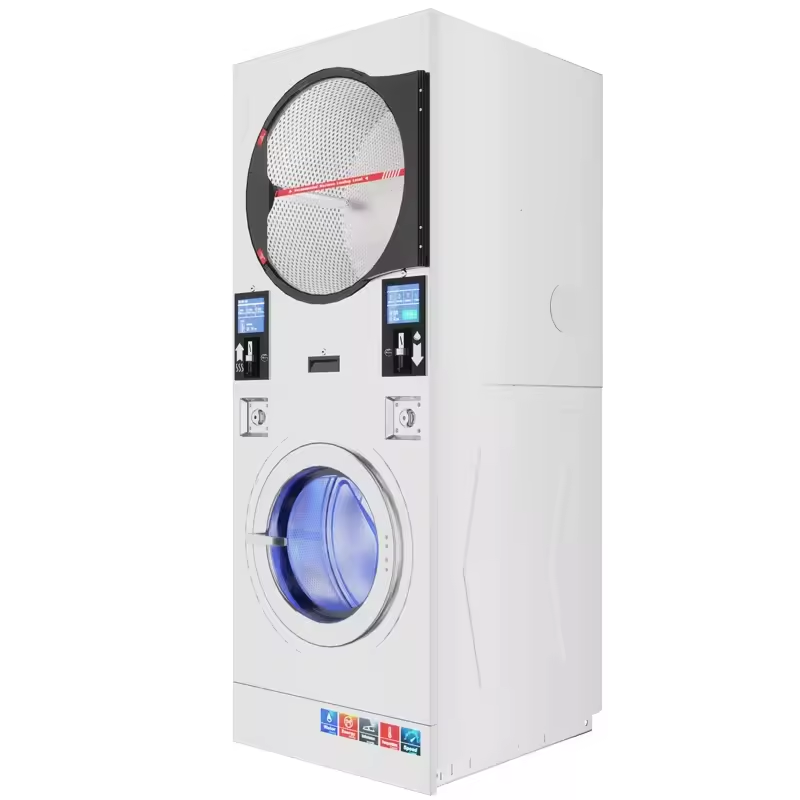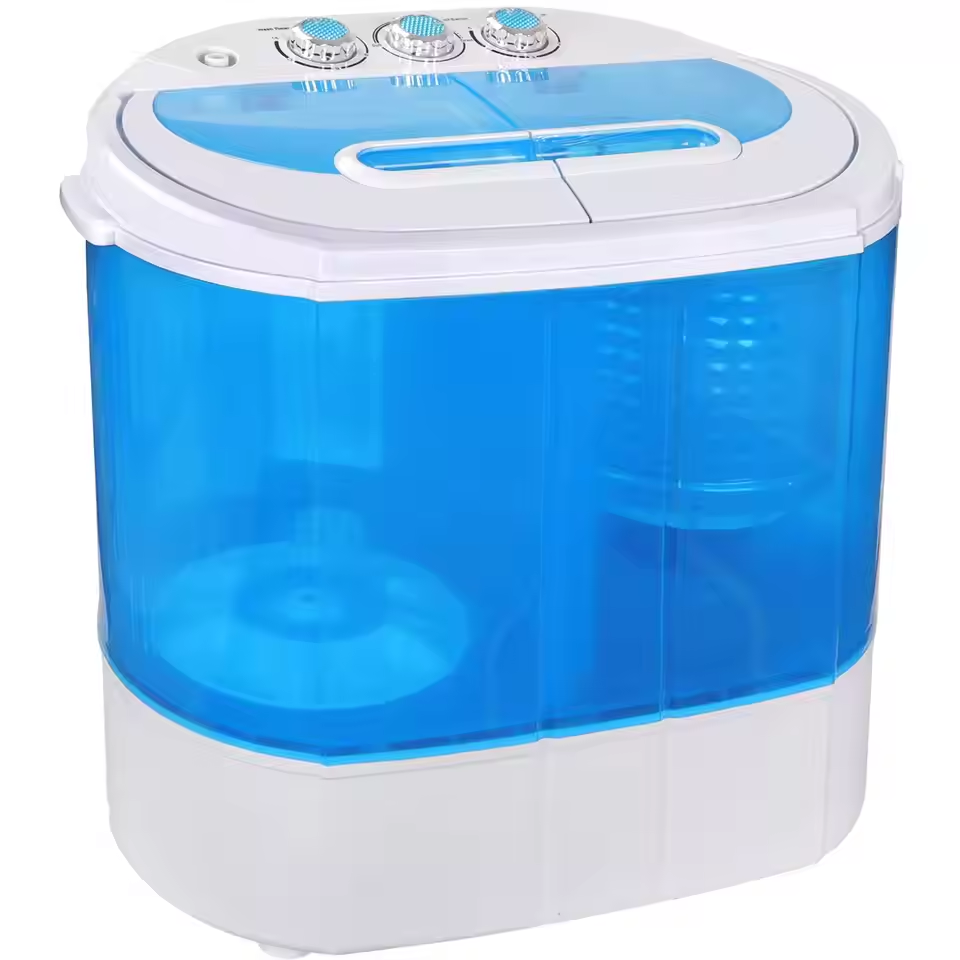How Many Gallons Of Water Does A Washing Machine Use?
Introduction to Washing Machine Water Consumption
When looking to save on utility bills, assessing the water consumption of household appliances is key. One major contributor is the washing machine. Traditional models can use a hefty amount of H2O. However, improvements in design over time have led to more water-efficient machines. This blog helps you understand how many gallons of water does a washing machine use. It looks at different washer types and their consumption. It will also offer tips to reduce your washing machine water use. To sum up, the goal is smart water use in homes for savings and sustainability. Let’s explore how to achieve that with your laundry habits.
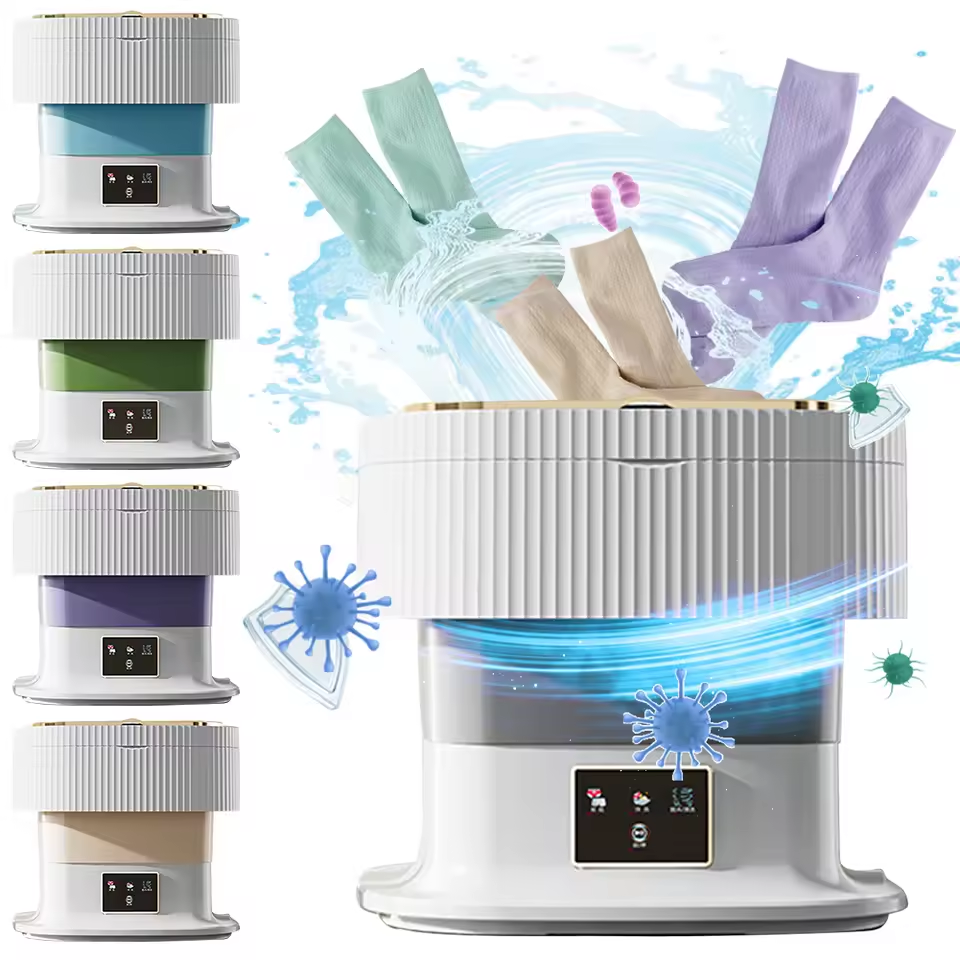
Standard Top-Load Washing Machines vs. High-Efficiency Models
When it comes to washing machine water usage, two main types stand out. Traditional top-load washers are less efficient, where modern high-efficiency (HE) models save more water.
Traditional Top-Load Washers
These machines have been around for decades. They use a center agitator to move clothes through the water. This process needs plenty of water, typically between 30 to 45 gallons per load.
High-Efficiency Top-Load and Front-Load Washers
HE washers come in both top-loading and front-loading designs. They use less water – often as low as 14 gallons per load. They clean clothes by lifting and tumbling them into the water. This action requires less water and also saves energy.
Agitators vs. Impellers
The difference in these parts affects water usage. Agitators, found in traditional washers, need more water. Impellers, which are in HE washers, are more efficient and use less.
ENERGY STAR Certification
HE models often have ENERGY STAR certification. This label means they use approximately 33% less water and 25% less energy than standard ones.
Water-Level Adjustability
Some washing machines offer adjustable water levels. Options like ‘deep-water wash’ or ‘auto-sensing’ can save water. They adjust how much water the machine uses based on the load size.
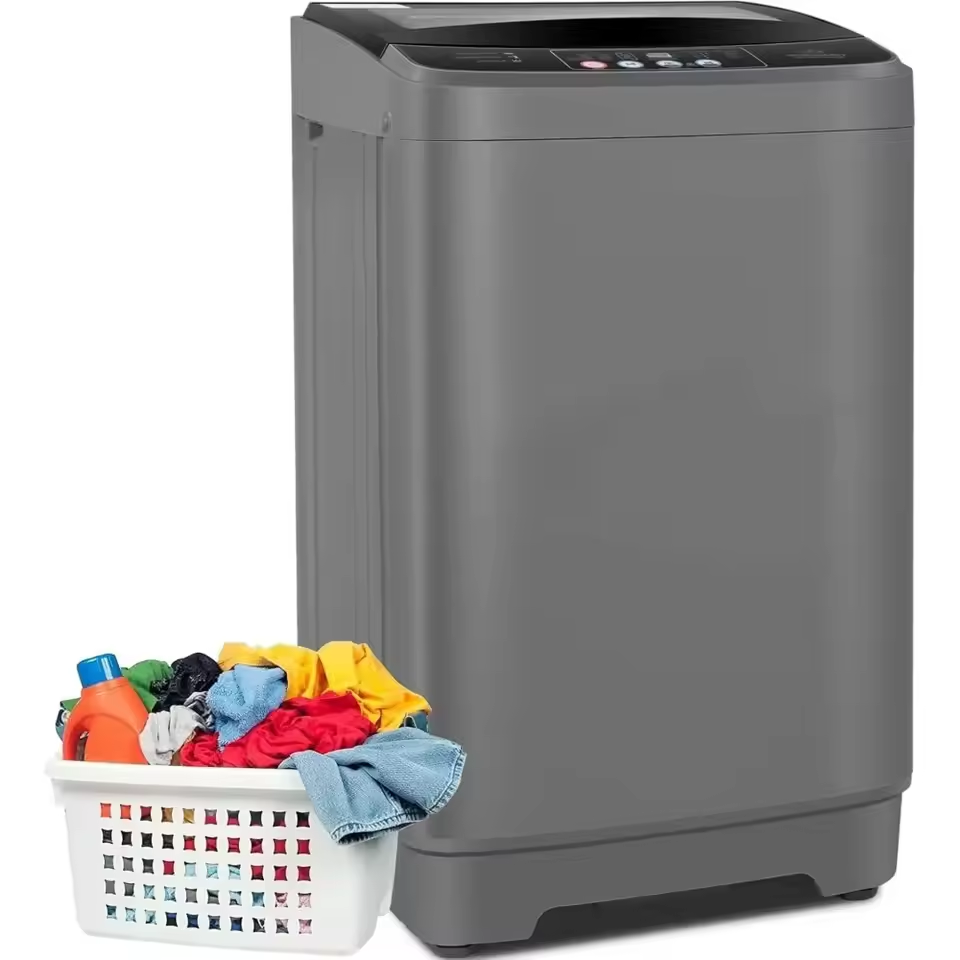 Energy-Efficient Washing Machines and Water Savings
Energy-Efficient Washing Machines and Water Savings
Using an energy-efficient washing machine can lead to significant water savings. With features aimed at reducing water consumption, these machines not only help the environment but also cut down on utility costs.
Modern HE Washers and Their Water Usage
Today’s HE washers use advanced technology to clean clothes with less water. On average, high-efficiency models use about 14 gallons per load. This is a huge improvement over traditional models that can use up to 45 gallons.
Benefits of ENERGY STAR Certified Washers
ENERGY STAR certified machines use up to 33% less water than standard washers. They also save about 25% on energy, adding up to substantial savings on bills. The certification is a trusted sign of performance and savings.
Smart Water-Level Features
Some washers have features like ‘deep-water wash’ or ‘auto-sensing’. These automatically adjust the water level for the size of the wash load. This prevents unnecessary water use, especially for smaller laundry loads.
Savings Over Time
Switching to an energy-efficient washer can save a considerable amount of water yearly. This is good for the planet and your wallet. Over the lifespan of the machine, the savings in water and energy costs are immense.
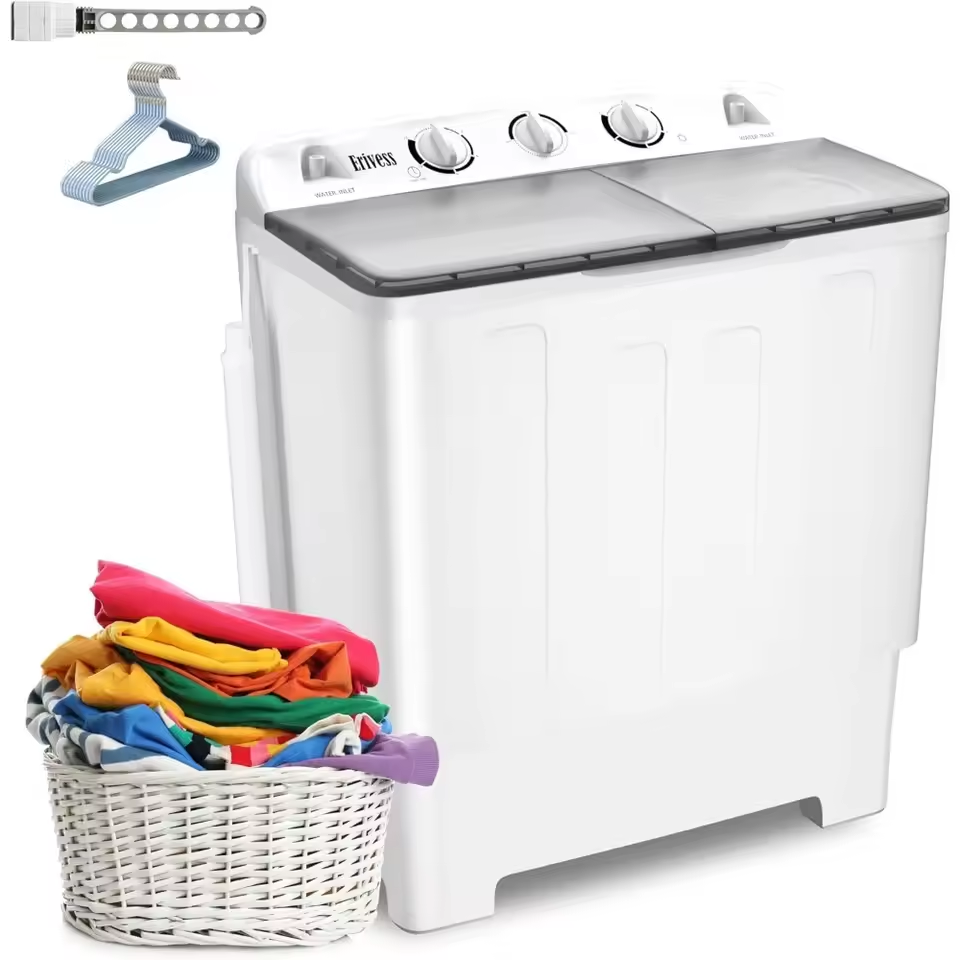 How Front-Loading and Top-Loading Washers Compare in Water Usage
How Front-Loading and Top-Loading Washers Compare in Water Usage
Choosing between front-loading and top-loading washing machines is not just about cost or convenience. It’s also about how much water they use per load. Front-loading models are known for their water efficiency. Compared to top-loaders, they can use significantly less water, sometimes as little as 7 gallons per load. On the other hand, top-loading washers, particularly older models, can use up to 45 gallons.
Front-Loading Washers Water Usage
Front-loaders save water with their tumbling action. Clothes move in and out of the water, reducing the total volume needed. This method requires only enough water to wet the clothes and fill a small amount at the bottom of the drum. As a result, water usage can drop to 15 to 30 gallons per load for more water-savvy models.
Top-Loading Washers Water Usage
Traditional top-loaders, on the other hand, fill the whole tub to cover the clothes. They need enough water to allow free movement of the clothes as the central agitator moves them around. This process leads to higher water consumption ranging from 30 to 45 gallons per load. Even newer high-efficiency top-loading models, though improved, generally use more water than front-loaders.
Impact of Load Size
The size of the laundry load can also affect how much water is used. Full loads in any washer type use water more efficiently than smaller loads. Adjusting settings to match load size can prevent water waste.
Technology and Water Savings
Technological advancements in newer HE washers have dramatically reduced water usage for both types. Features like sensors to detect load size and soil level can further optimize water use, ensuring every drop counts.
By understanding these differences, consumers can make informed decisions about which washing machine type best fits their needs and conservation goals. Not only does this choice impact the environment, but it also affects household utility expenses. A front-loader may cost more upfront but can lead to greater savings in water use over time.
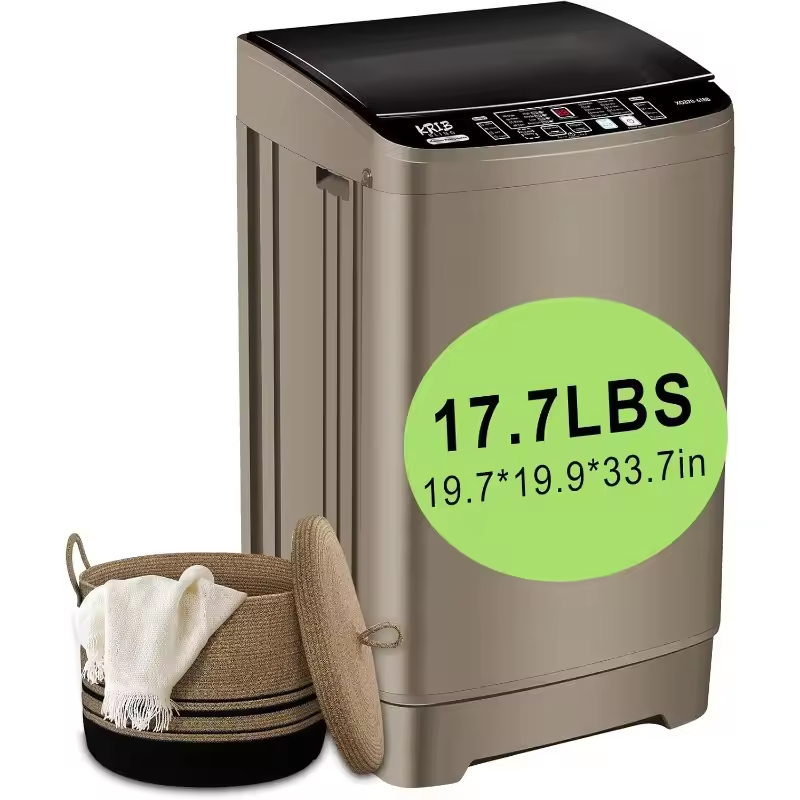 Factors Affecting Water Usage in Washing Machines
Factors Affecting Water Usage in Washing Machines
A number of factors influence how much water your washing machine uses. Understanding these can help optimize water consumption without compromising the cleanliness of your clothes.
Washing Machine Capacity
Larger capacity washers often require more water per load. But, bigger drums also mean more laundry per cycle. Factor this when considering load sizes.
Load Size
The amount of laundry you wash affects water use. Full loads are more water-efficient compared to washing small batches.
Wash Cycle Type
Different fabrics need different wash cycles. Some cycles, like ‘heavy duty,’ may use more water.
Water Level Settings
Newer machines offer settings to adjust water levels for small or large loads. These smart settings can reduce water waste.
Temperature Setting
Hot water cycles use more water as they often include extra rinses. Cold water cycles tend to use less.
Advanced Features
Features like ‘auto-sensing’ detect load size and adjust water usage. Look for machines with this technology to save water.
Tips for Reducing Water Consumption in Laundry
Conserving water in laundry is both eco-friendly and cost-effective. Below are tips for slashing water use when doing laundry.
Use Full Loads
Maximize every wash by running full loads. It’s the most water-efficient method.
Adjust the Settings
Match the water level to the load size. Use ‘small load’ settings for fewer clothes.
Choose Cold Water Cycles
Washing with cold water saves energy and reduces water use over hot cycles.
Skip Extra Rinses
Avoid using the extra rinse function unless necessary. It adds to water consumption.
High-Efficiency Detergent
Use HE detergent in HE washers. It’s designed for less water and better cleaning.
Upgraded Technology
Modern machines often feature auto-sensing. This tech adjusts water based on the load size.
Regular Maintenance
Keep your washer in top shape. Leaks or malfunctions can increase water usage.
Time Your Laundry Right
Wait until you accumulate enough laundry for full loads instead of washing often with small batches.
By implementing these simple practices, how many gallons of water does a washing machine use can be significantly reduced, leading to noticeable savings on the water bill. Remember, small changes can make a significant difference in water consumption.
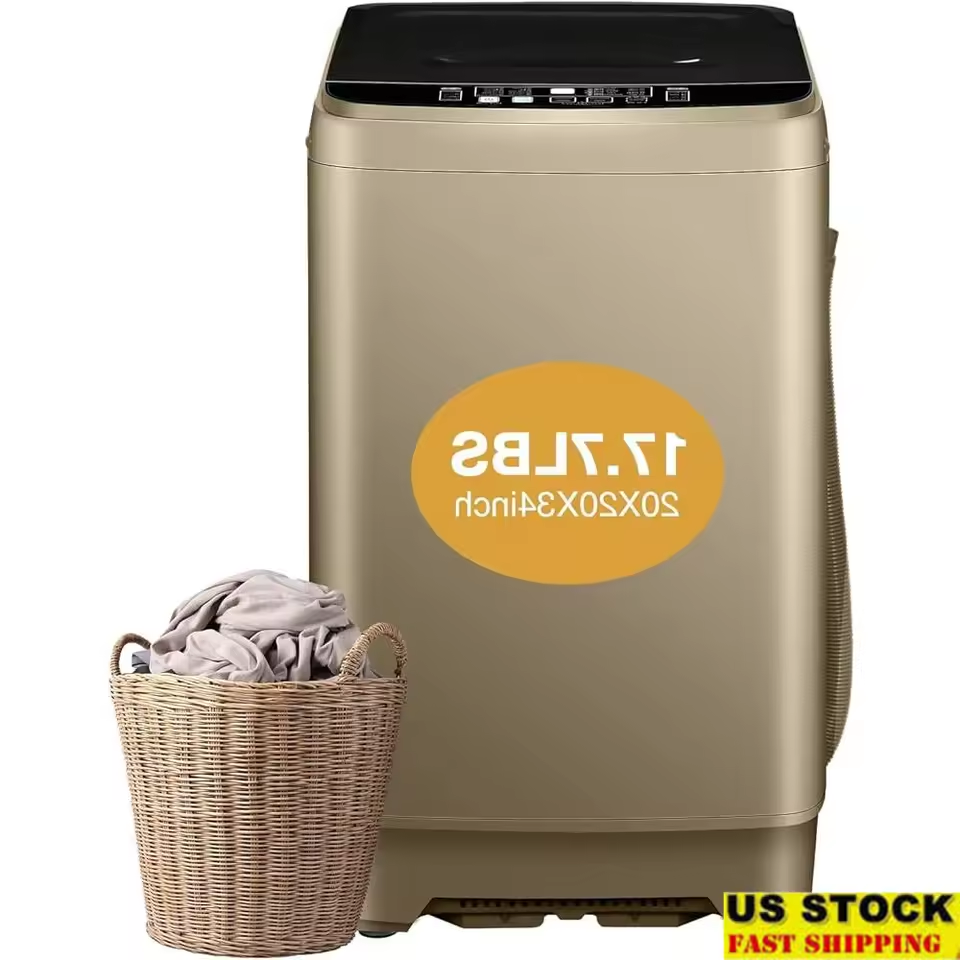 HE Washers: Understanding Low Water Usage and Cleaning Efficiency
HE Washers: Understanding Low Water Usage and Cleaning Efficiency
High-efficiency (HE) washers stand out for their minimal water consumption and effective cleaning. These modern machines use advanced cleaning actions, requiring far less water than traditional models. Let’s break down how HE washers manage to conserve water and still produce spotless laundry.
Advanced Cleaning Technology
HE washers use a tumbling action to clean clothes. This action allows water and detergent to penetrate fabrics more effectively. As a result, the washer needs less water — often no more than 14 gallons — per load. This is a stark contrast to the 45 gallons older machines may use.
Water-Saving Mechanisms
Impeller technology is key in HE washers. Impellers are low-profile rotating hubs that create strong currents within the water. These currents move clothes through the wash, reducing the need for large volumes of water.
Efficient Detergent Use
HE detergents are designed for low water conditions. They create fewer suds and rinse out more easily than regular detergents. Using the right detergent enhances the efficiency of HE washers and prevents the need for extra rinses.
Auto-Sensing Features
Many HE washers have ‘auto-sensing’ capabilities. This feature measures the load size and adjusts water levels accordingly. It ensures just the right amount of water is used, avoiding waste.
Energy Savings
Along with water efficiency, HE washers also use less energy. This dual saving is due to the efficient design. ENERGY STAR certified HE washers can use up to 25% less energy than non-HE models.
By understanding how HE washers achieve low water usage and high cleaning efficiency, you can make an informed decision when purchasing a new machine. This knowledge can also help optimize the use of your existing HE washer. Remembering to use HE detergent and select the proper settings can further minimize how many gallons of water your washing machine uses. This goes a long way in managing both your water and energy bills.
Choosing the Right Washing Machine for Water Efficiency
When investing in a new washing machine, water efficiency is a crucial factor to consider. Opting for a water-efficient appliance can result in significant savings and environmental benefits. Here are some aspects to look into when searching for the most water-efficient washing machine for your needs:
Consider High-Efficiency (HE) Models
HE washers are designed to use less water and energy. On average, they require about 14 gallons per load, compared to up to 45 gallons used by traditional washers.
Look for ENERGY STAR Certification
ENERGY STAR certified machines use up to 33% less water and 25% less energy. These savings can add up on your utility bills.
Choose Front-Loading Machines
Front-loaders are generally more water-efficient than top-loaders. They use innovative wash actions that require less water to clean clothes effectively.
Check for Water-Saving Features
Features like ‘auto-sensing’ adjust water levels based on load size. Also, options like ‘deep-water wash’ give you flexibility when needed.
Review Technology Innovations
Newer machines may have impellers instead of agitators, using strong water currents to clean clothes with less water. This technology helps conserve water.
Read Consumer Reviews and Comparisons
Customer reviews and comparison articles can offer insights into how washing machines perform in real-world settings.
Making the right choice in a water-efficient washing machine not only lowers how many gallons of water a machine uses but also ensures that your clothes are cleaned efficiently. By considering the above factors, you can choose an appliance that aligns with your water-saving goals and offers optimal performance over time.
